David Bowie - Vinyl Stories 2
by Dave Goodwin
published: 8 / 3 / 2016
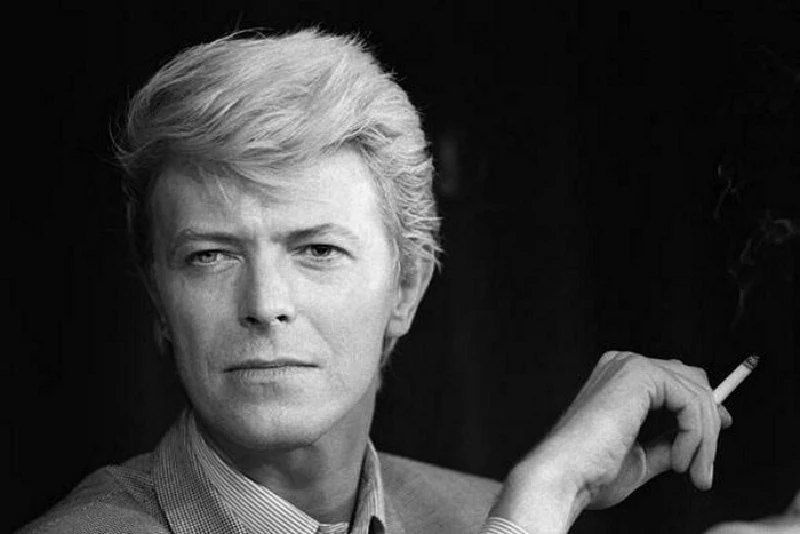
intro
...while in the second part he speaks to Adrian Janes, Anthony Dhanendran and Anthony Strutt
PART TWO A David Bowie album that I discovered early on was 'Low', mainly because I stumbled across the ultra cool 'Sound and Vision'. With that came 'Warszawa' and 'Always Crashing in the Same Car' which started to broaden my Bowie outlook, although I figured I was just a little too young at that time to appreciate it. I managed to pick a copy up at one of Nottingham's oldest record shops Rob Smith's up in Hurts Yard. Admittedly it was and still is a little, let's say, tired looking but it plays well. Our fellow writer Adrian Janes recalls that album fondly. 'Low' (1977) - Adrian Janes Two main memories of this tremendous album. Firstly, hearing it played straight through one night on John Peel’s show, especially the haunting ‘wordless vocals’, strings and electronica of ‘Warszawa’. Peel obviously recognized what a groundbreaking record it was, to give it this unprecedented exposure. But also how apt, one tastemaker honoring another. The second memory is of taking a break in rehearsal of the band I was then in to listen to it all. Immersed as we were in the mounting flood of punk and punk-related records, we all agreed on its unique greatness. As the drummer, I especially loved the fantastically powerful percussive sound that Bowie and Eno had created for the first side, on tracks like ‘Breaking Glass’ and ‘What in the World’. At the time I thought how great it would be if all drum sounds were so strong. Unfortunately a lot of unimaginative bands and producers must have had the same idea, given the boom in booming drums on tracks during the next decade. But it’s an instance of Bowie’s wider influence, as was the growth in the use of synths, especially important on the album’s almost wholly instrumental second side. However where Bowie and Eno blended synths in a rich mixture with the more traditional guitars, sax, piano, and strings, many of those who followed took only the electronic strand, and so often created thinner music as a result. Bowie’s influence was two-fold, embracing not just the music he created but the fact that he too was a fan and made his own influences known to his fans. ‘What in the World’ features the ragged harmonizing of Iggy Pop, who along with Lou Reed was probably the key character in Bowie’s personal firmament. Also at that previously mentioned rehearsal was Adrian Borland, then our band’s singer/guitarist and later to find a measure of fame in the 1980s with The Sound. Adrian was led to both Iggy and Lou by Bowie’s enthusiasm for them, and all three always remained touchstones for him. I’m sure this generous aspect of Bowie’s legacy can be said of many musicians. I recall Charles Shaar Murray’s 'NME' critical review concluding with something along the lines of “We feel low enough already Couldn’t Bowie have produced something more uplifting?” Yet for all that much of ‘Low’ stems from feelings of melancholy and alienation, there is a reaching out for contact, warmth as well (‘Sound and Vision’, ’Be My Wife’), and a drive towards some kind of future in ‘A New Career in a New Town’. Even now, with Bowie no longer with us, ‘Low’ still sounds as if he is ahead, beckoning us towards it. Anthony Dhanendran has picked an album that came out in what I call my dark years, mainly because I had somehow forgotten my musical tastes and swapped them for a wife and two kids and had no money to buy anywhere near the same amount of music I had become accustomed to. '1. Outside' (1995) - Anthony Dhanendran On December 2, 1995, David Bowie appeared on the BBC’s live music programme ‘Later… With Jools Holland’. There’s a clip of his set on YouTube (https://www.youtube.com/watch?v=lo8DJ6o0saU). If you look closely, you can see that the audience were not watching quite what they’d been expecting. There isn’t the usual frugging and nodding one might expect from a Jools crowd – instead their faces seem to be stunned into immobility. That’s because Bowie chose to kick off his set that evening with ‘Hallo Spaceboy’, the industrial metal headbanger from his recently released album, ‘1. Outside’. It’s no 'Ziggy'. It’s not even side 2 of 'Low', one of Bowie’s hitherto most experimental works. And it certainly wasn’t ‘Dancing in the Street’, Bowie’s commercially successful but critically disastrous 1985 collaboration with Mick Jagger. ‘Spaceboy’ is, for all its spiky four-to-the-floor hard thrashing, a fairly accessible song – when the Pet Shop Boys remixed it three months later for a CD single release, it was almost danceable. But for now, it was Bowie putting down a statement of intent. If anything, 'Outside' was a reaction against the excesses of Bowie’s 80s, a time of free-flowing cocaine and musical mundanity. He’d chosen to use his 1990 'Sound + Vision' tour to ‘retire’ his back catalogue as a way of avoiding having to continually play songs of which he’d tired – and with them to exorcise his not-particularly good 1980's studio albums. Having released fourteen highly regarded albums in the 13 years between 1967 and 1980, Bowie’s creativity once again flowered in the 1990s – between 1993 and 1999 he released six more studio albums which took in club dance music, a soundtrack, drum and bass, and finally a record that began as the soundtrack to an experimental computer game. But in the middle of all that came ‘1. Outside’, which came with the sub-title 'the Ritual Art-Murder of Baby Grace Blue: A non-linear Gothic Drama Hyper-Cycle'. The singer had been asked by 'Q' magazine the previous year to write a diary, but Bowie, fearing his life would be too boring for the page, instead concocted a diary for a fictional character called Nathan Adler, whose life became the story behind ‘Outside’. As he discussed in another article for 'Q' (http://www.bowiewonderworld.com/press/press90.htm), Bowie was also experimenting with a cut-up writing technique that involved him writing lyrics and then chopping them up to create the sentences he’d actually sing. To the studio he brought Reeves Gabrels, with whom he’d played guitar in the 80's metal band Tin Machine; Erdal Kızılçay, who’d played bass on the last few albums, and two drummers: the rocker Sterling Campbell and avant-garde jazz veteran Joey Baron. One other significant presence in the studio was that of Brian Eno, Bowie’s former collaborator in his most fertile period, and his sounding board in the two 'Q' articles from the previous year. Perhaps the biggest compliment that can be paid to ‘Outside’ is that it doesn’t sound dated at all. Listening to it now, in the days after Bowie’s death, and at a distance of twenty years from the album’s release, what’s striking is how modern it sounds. It begins with a disjointed monologue that gives way to the title track, which itself wouldn’t have sounded too out of place on 1993’s ‘Black Tie White Noise’. ‘The Heart's Filthy Lesson’ ( was mainstream enough to be used in the suspense-horror film ‘Se7en’, and it’s only when we get to ‘A Small Plot of Land’ that things begin to get different – like ‘The Motel’ later on, the song is all arpeggiated jazz pianos and lyric snippets. By way of a chilling segue in which a voice-filtered Dave gives us the thoughts of Baby Grace, we arrive at ‘Hallo Spaceboy’, the throbbing, pulsating, incredibly alive heart of this album. It’s become blasé to point out that Bowie was one of those irritating musicians who’s good at almost everything he tries (as a counterpoint there’s the video to that Jagger collaboration, but let’s not go there). A lesser musician would have tried to tack an industrial ethic onto their own music and end up with a terrible mish-mash, but ‘Spaceboy’ shows us what happens when a true musical chameleon turns his hand to this experimental genre. It’s the same thing that happened two years later with 1997’s 'Earthling', in which a 50-year-old white man subverted the most black and youthful of music genres and ended up making a drum and bass album as credible as anything by Goldie or Reprazent. In amid the controlled chaos of ‘Spaceboy’, you can hear some whimsical nods to Bowie’s past, such as the “Do you like girls or boys?/It’s confusing these days” towards the beginning. On the 'Later…' performance of that December, you can see a smirk creep across Bowie’s face as he turns on the Bowie Twang (the one parodied on 'Stella Street') for the line “Don’t you wanna be free?”. There are other segues that serve to introduce us to other characters in this unfinished stories (both Bowie and Eno alluded to other albums that would continue the '1. Outsid'e theme, but none ever materialized), but while things continue to get weird – ‘The Voyeur of Utter Destruction (As Beauty)’ shows elements of the drum and bass beats that would appear on that next album – they continue to be utterly fascinating and beguiling. Above all, listenable. While ‘Outside’ is definitely not an easy listen, it’s not as difficult as the critical reception of the time (largely, one has to think now, a reaction of shock) would have you believe. For such a long album – it takes up pretty much the entire 74-minute maximum possible running time of the CD format – it’s surprising that the quality stays high for so long. Some tracks are harder than others – ‘Wishful Beginnings’, for instance – but that’s followed by the skittering pitch-bent delights of ‘We Prick You’. The sunlit uplands of a reworked ‘Strangers When We Meet’ (which had first appeared on 1993’s ‘Buddha of Suburbia’ soundtrack) see us out after 1eighteen tracks. If anything, it’s a little bit of a disappointment that this essentially conventional pop song is the final testament of Nathan Adler, but at the same time it also served as notice from Bowie that no matter how experimental he got, he still knew how to write a tune. By the time I was thinking of taking my exams but more of the girls in school, I had got myself a few more sounds to go along with the rest of my Bowie repertoire. It helped doing the trolley dash at Tesco's in the Victoria Centre car park in Nottingham city centre. I think I got £12 a week for doing a Tuesday and Thursday night and Saturday all day. There was a bonus though on Saturdays. I had to go on a reccie to other parts of the city around the Victoria Centre to find abandoned trolleys, and it usually ended with me parking a row of six or seven trolleys outside Selectadisc, which was a long way away from the supermarket. I remember having to do a Nigel Mansell with a trolley snake all the way back before anyone noticed I had gone AWOL, but I discovered and found out about a lot of Bowie's records from Selectadisc and during that period. Many moons after it first hit the charts, another song drifted into my sub- consciousness from, again, I don't know where. For some reason it gave me hope and inspiration at a time when I was doubting myself and all around me. I bought the album and went on to find another Bowie masterpiece on 33rpm. At the time this album was released, I had bright ginger hair and was pencil thin with freckles. I got a lot of stick for being the way I looked, and back then the lads at our school were, let's say, a little less forgiving. I found myself during this time, trying to be someone else, which probably explains why I jumped ship from being a mod to taking on then a Futurist and a Two Tone look. That album was "Heroes" and, whenever I listen to it, it takes me back to that time. A little later with Bowie's discography, I admit, I suddenly woke up. There was a track that I just thought was the perfect track from a not so inspiring album. Perhaps it was the wrong time for me to musically "wake up" but, hey ho,...it did the trick. 'Let's Dance' (1983 ) - Dave Goodwin When 'Let's Dance' hit the shops, I thought it was the absolute dog's bollocks. Looking back on it now, I'm not so in awe of it as I was. It is a good album, but very much, I think, a sign of the times. Having got into Bowie about the time 'Ashes to Ashes' came about, the video to that track with Steve Strange in it, for me, was the epitome of the Futurist/New Romantic look of that time. I went from that to wearing at the time of 'Let's Dance' a burgundy-pleated Bowie trousers and a neon blue box jacket. Riding a Suzuki AP50 as I did when just leaving school, I must have in hindsight looked a right plonker! One other thing that did inspire me from 'Let's Dance' and which has left a more lasting impression is the final track to that album, the title track to the Nastassja Kinski film 'Cat People'. It is not a particularly good film if I remember correctly, but the song just boomed in my head. I remember feeling at the time that this was something different. Don't get me wrong! It's probably not the best and most popular thing Bowie ever did, but for me coming out on parole from my Futurist period it gave me chance to explore other music that was around at that time. The track itself though, I thought, and I still do think is first class moody, mysterious 80's-style pop. It's a track that when I put it on my record player now still has me air drumming, still has me impersonating those haunting lyrics "See these eyes so green..." and then exploding with "Putting out fire...with gasoline!" See, even that! We had petrol in those days. We never had Gasoline. It was a time of discovery for me as I embarked on my furore into a grown up world, and David Bowie somehow helped to keep me stable and on a decent enough path. Tracks from that album such as the hits 'Let's Dance' and 'China Girl' were huge in the clubs and pubs of a weird, ambiguous Nottingham. The city didn't know as much as I did which way to go in the Eighties. But what was going on was Bowie on every TV, in every bar. He was everywhere, so say what you like about that album. It was a definite sign of that time. I couldn't bring this tribute of a legend to an end without looking at his last album. Already tracks from it are embedded in my head and I'm asking different things of my own mortality, especially since seeing the videos that accompany some of the tracks. We finish with Anthony Strutt giving his thoughts on David Bowie's final moments in music; 'Blackstar '(2016) - Anthony Strutt I suppose everyone who is into music has a Bowie story or has been touched by him. I am no different. I never met him but only last October I met Reeves Gabrels and Lisa Ronson. Reeves played guitar for Bowie from 1987 to 1999, both in the Tin Machine and in his solo career, and co-wrote the whole of Bowie's 1999 album '...hours' with him. He is also now in the Cure, and he told me that he left Bowie as he refused to tour. Lisa is the daughter of Mick Ronson, Bowie's main man in the Spiders from Mars. Bowie was born in Brixton and then lived in Bromley and Beckenham in Kent, all places that I know well as I was born and lived in London until a few years ago when I moved to Leicester. So, he was a local chap to me. We both have another thing in common as well as we have both known what it is like to suffer from cancer. 'Blackstar', his final release, has given him a number one album after releasing twenty-seven previous studio albums. It isn't a pop album at all. It is hard work from its opener, the title track, which lasts ten minutes, until it ends some forty-one minutes later. It is harrowing stuff, the work of a dying man whose death became Art. For me, it is a return to the music of his hero, Scott Walker. It sounds very much like Scott's latter 4AD material. It's also a departure for Bowie from his previous work. The songs on it are more free form, statements about his future departure. While it is far removed from ‘Starman’, he is still looking up towards Heaven, where he knows he will be joining three of his fellow Spiders of Mars soon. The vocals are almost husky, hushed, sung like prayers, while the jazz-flavoured arrangements make this the hardest album to fathom out. It is as black as the vinyl it is mostly pressed on. Vinyl copies are selling for huge amounts while a clear vinyl version is hitting at least the £500 mark. Anyway, my Bowie story. My best friend has led me astray all my life. We used to have to play P.E and Games when we were at school in the late 70s, and I remember skiving off with him to listen to tapes. He had one of the earliest cassette recorders, and he would play for me on it early Bowie songs, I remember from that time listening to ‘Life on Mars’ and ‘Changes’. I was far too young to have seen the legendary ‘Top of the Pops’ or ‘Old Grey Whistle Test’ Ziggy broadcasts. As we grew up, my best friend became a punk, then a mod, and it was about then that I heard the various Deram period recordings and his eponymous debut from 1967. For me, amongst his finest recordings were the classic ‘The Laughing Gnome’, ‘Love You Till Tuesday’ and ‘The London Boys’, all songs which are very dated now, but his charm was already there long before the red hair. I did manage to see him live three times and all on the 1983 ‘Serious Moonlight’ tour, twice at Wembley (The second time I queued up 24 hours overnight to see him after being blown away by the dance soul pop of ‘Let's Dance’) and again at Milton Keynes, one lovely Saturday evening, on the same tour. He is an artist that you can buy pretty much any album by and find magic in there. for me, my favourite albums are not the expected, 1974’s ‘Young Americans’ and 1976’s ‘Station to Station’, his ode to bands like NEU! Bowie may have left us but he is in our hearts. I spent most of the 11th January crying like a child. David Jones, rest in peace. You have earned it. On 'Cat People' David Bowie asks, "Don't you know my name?" Over thirty years after that track was released Bowie, with 'Lazarus' on 'Blackstar', exclaims, "Everybody knows me now," and so they should. Everybody should leave their mark on this earth. Me? I take photos, and I like and feel very comfortable with the fact that I have taken photos that one day somebody somewhere will look back at them and say, "Oh, I knew this chap'. What David Bowie has left us, however, will live forever and the marks he has left on this earth and its inhabitants are infinite. A big and I mean big, huge...gargantuan thanks to the people that have provided me with the words to do David Bowie hopefully justice. To Lisa, John and Carl, Adrian and both Anthony Dhanendran and Anthony Strutt. David Bowie Studio Albums David Bowie (1967) David Bowie (also released as Space Oddity) (1969) The Man Who Sold the World (1970) Hunky Dory (1971) The Rise and Fall of Ziggy Stardust and the Spiders from Mars (1972) Aladdin Sane (1973) Pin Ups (1973) Diamond Dogs (1974) Young Americans (1975) Station to Station (1976) Low (1977) Heroes (1977) Lodger (1979) Scary Monsters (and Super Creeps) (1980) Let's Dance (1983) Tonight (1984) Never Let Me Down (1987) Black Tie White Noise (1993) The Buddha of Suburbia (1993) Outside (1995) Earthling (1997) Hours... (1999) Heathen (2002) Reality (2003) The Next Day (2013) Blackstar (2016)
Also In Vinyl Stories
Ben Phillips (2015)
Bill Wellwood (2023)
British IBM (2020)
Chris Bade (2023)
David Bowie (2016)
Fiona Hutchings (2017)
Funeral Choices (2024)
Is Vinyl Too Expensive? (2023)
Jed Southgate (2015)
John Rothera (2015)
Jonathan Beckett (2016)
Keith How (2015)
Kev Roberts (2014)
Maarten Schiethart (2025)
Miscellaneous (2020)
Miscellaneous (2020)
Miscellaneous (2019)
Miscellaneous (2019)
Miscellaneous (2019)
Miscellaneous (2018)
Miscellaneous (2018)
Miscellaneous (2018)
Miscellaneous (2017)
Miscellaneous (2017)
Miscellaneous (2016)
Miscellaneous (2016)
Band Links:-
http://davidbowie.com/blackstar/https://www.facebook.com/davidbowie
https://twitter.com/davidbowiereal
https://www.youtube.com/user/DavidBowieVEVO
Picture Gallery:-
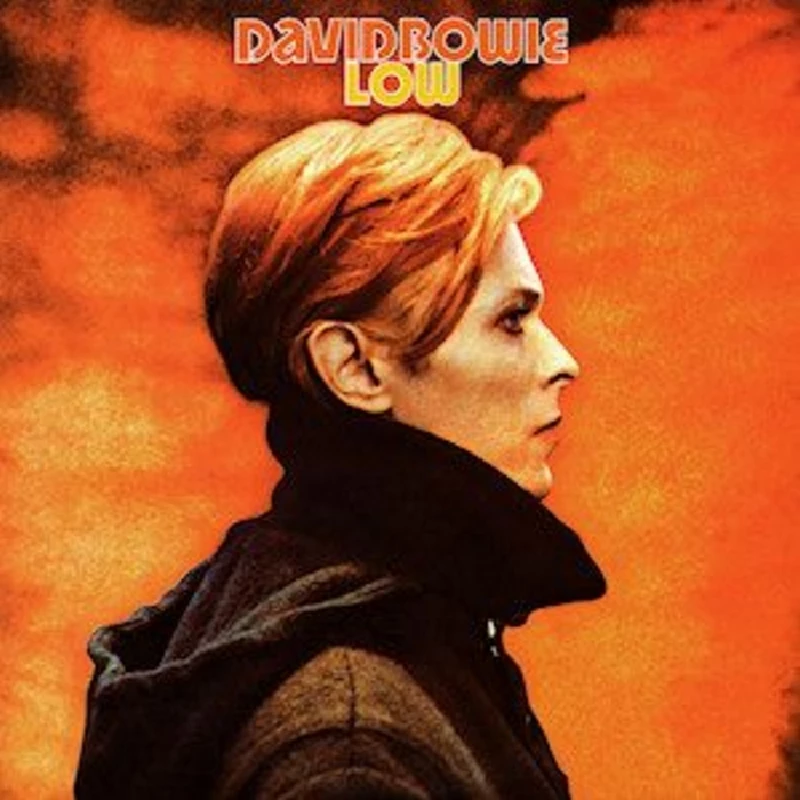
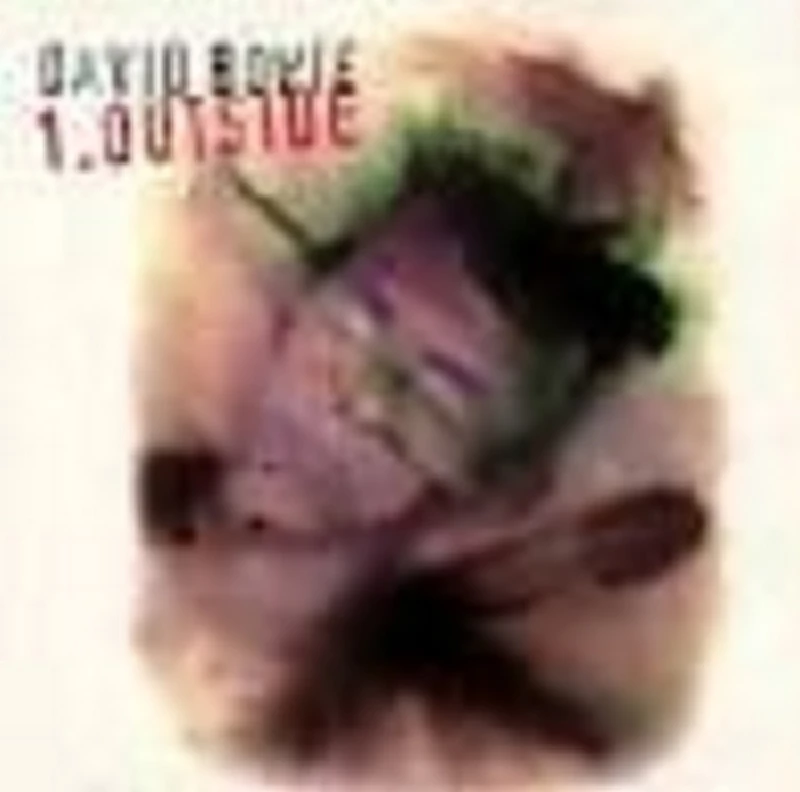
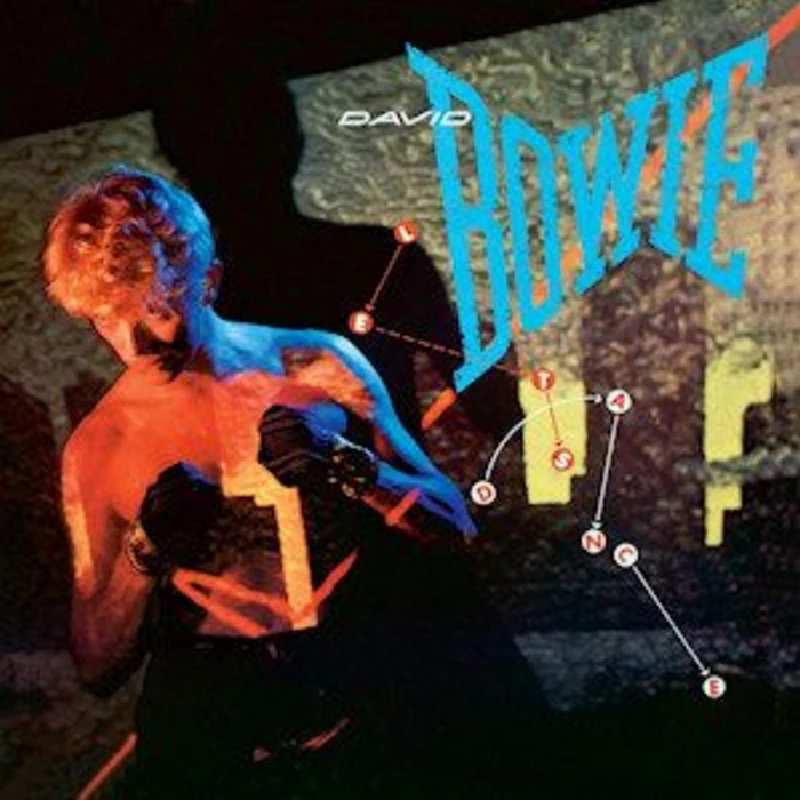
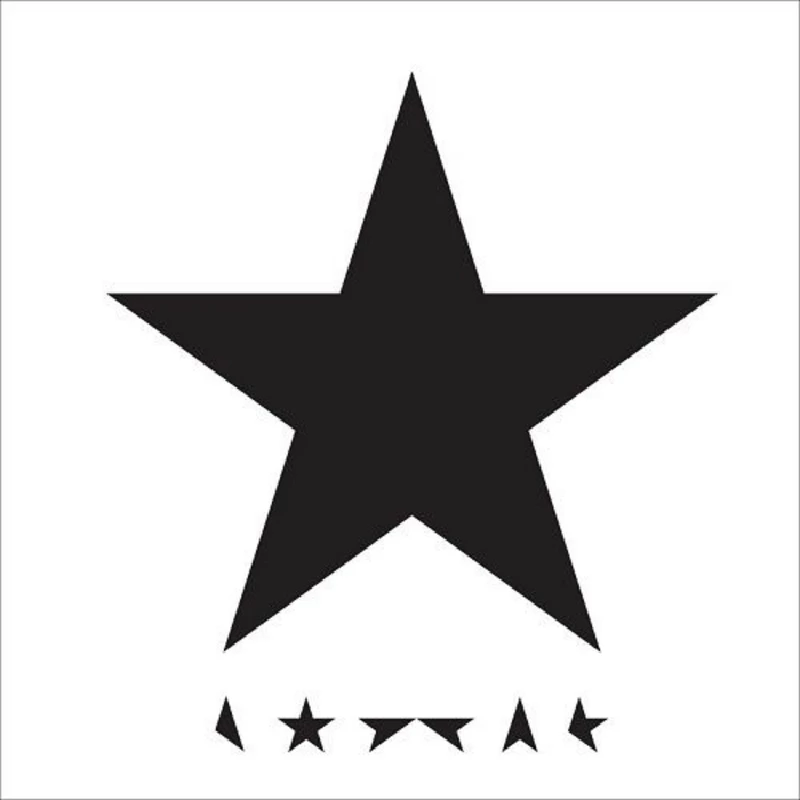
profiles |
|
Blackstar (2016) |
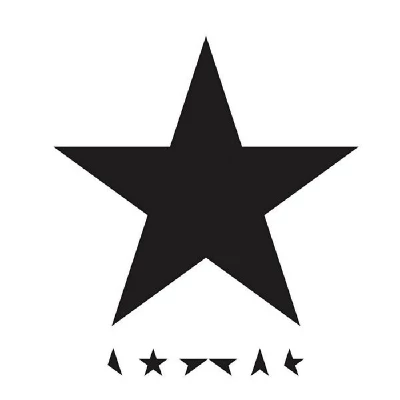
|
| Anthony Strutt evaluates and reflects upon 'Blackstar', David Bowie's final album |
| 1947-2016 (2016) |
| Writers and Photographers' Tributes (2016) |
| David Bowie Is, Museum of Contemporary Art, Chicago (2014) |
favourite album |
|
Toy (2022) |
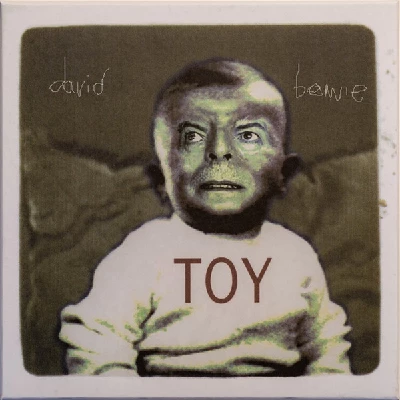
|
| In our Re:View section, in which we look back at albums from the past, Nick Dent-Robinson is excited that David Bowie’s ‘Toy,’ previously soldas part of a box set format will be released in its own right. |
| Station to Station (2016) |
features |
|
Discography Hagiography Part 2 (2023) |
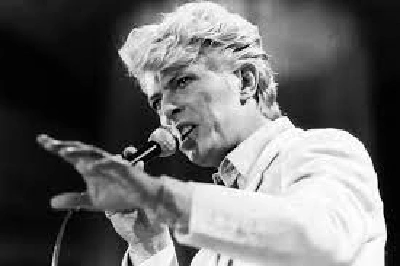
|
| In the second in our series ‘Discography Hagiography’, in which we will be providing a disc-by-disc evolution of music’s greats, Mark Rowland begins by reflecting upon the post 1970’s career of David Bowie, |
| Discography Hagiography Part One (2023) |
| The Image That Made Me Weep (2020) |
| Vinyl Stories 1 (2016) |
| Manchester and Exeter, 1972 (2016) |
| Ten Songs That Made Me Love... (2016) |
| David Bowie. Hanover Grand, London, 1997 (2013) |
soundcloud
reviews |
|
The Next Day (2013) |
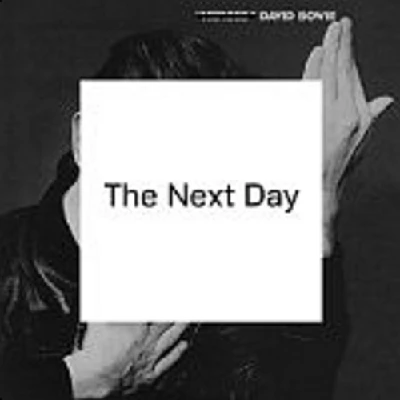
|
| First-rate and excellent return to form in first album in a decade from David Bowie |
| Where Are We Now? (2013) |
most viewed articles
current edition
Carl Ewens - David Bowie 1964 to 1982 On Track: Every Album, Every SongArmory Show - Interview with Richard Jobson
John McKay - Interview
Colin Blunstone - Thalia Hall, Chicago, 16/7/2025
Billie Eilish - O2 Arena, London, 10/7/2025
Bathers - Photoscapes 1
Loft - Interview
Visor Fest - Valencia, Spain, 26/9/2025...27/9/2025
Sir Tim Rice - Interview
Robert Forster - Interview
previous editions
Manic Street Preachers - (Gig of a Lifetime) Millennium Stadium, Cardiff, December 1999Heavenly - P.U.N.K. Girl EP
Beautiful South - Ten Songs That Made Me Love...
Peter Perrett - In Dreams Begin Responsibilities Interview Part One
Boomtown Rats - Ten Songs That Made Me Love....
Oasis - Oasis, Earl's Court, London, 1995
Coldplay - Wembley Arena. London, 16/8/2022
Trudie Myerscough-Harris - Interview
Prolapse - Interview
Pixies - Ten Songs That Made Me Love...
most viewed reviews
current edition
Davey Woodward - Mumbo in the JumboSick Man of Europe - The Sick Man of Europe
Lucy Spraggan - Other Sides of the Moon
Phew, Erika Kobayashi,, Dieter Moebius - Radium Girls
Suzanne Vega - Flying With Angels
Bush - I Beat Loneliness
Amy Macdonald - Is This What You've Been Waiting For?
Alice Cooper - The Revenge of Alice Cooper
Blueboy - 2
Cynthia Erivo - I Forgive You
related articles |
|
Tony Visconti: Interview (2019 |
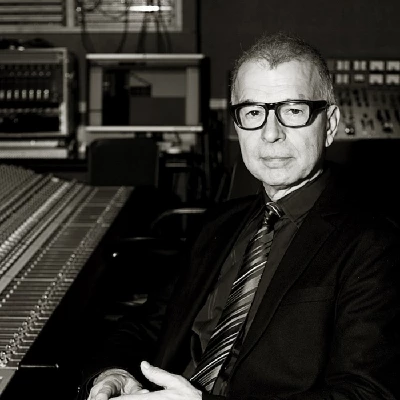
|
| Seminal producer Tony Visconti talks about working with drummer Woody Woodmansey with Holy Holy, recording with David Bowie in the studio and his legacy. |
| Woody Woodmansey: Interview (2018) |
| Woody Woodmansey: Feature (2018) |
| Celebrating David Bowie: Live Review (2018) |
| Glenn Gregory: Interview (2015) |
Pennyblackmusic Regular Contributors
Adrian Janes
Amanda J. Window
Andrew Twambley
Anthony Dhanendran
Benjamin Howarth
Cila Warncke
Daniel Cressey
Darren Aston
Dastardly
Dave Goodwin
Denzil Watson
Dominic B. Simpson
Eoghan Lyng
Fiona Hutchings
Harry Sherriff
Helen Tipping
Jamie Rowland
John Clarkson
Julie Cruickshank
Kimberly Bright
Lisa Torem
Maarten Schiethart